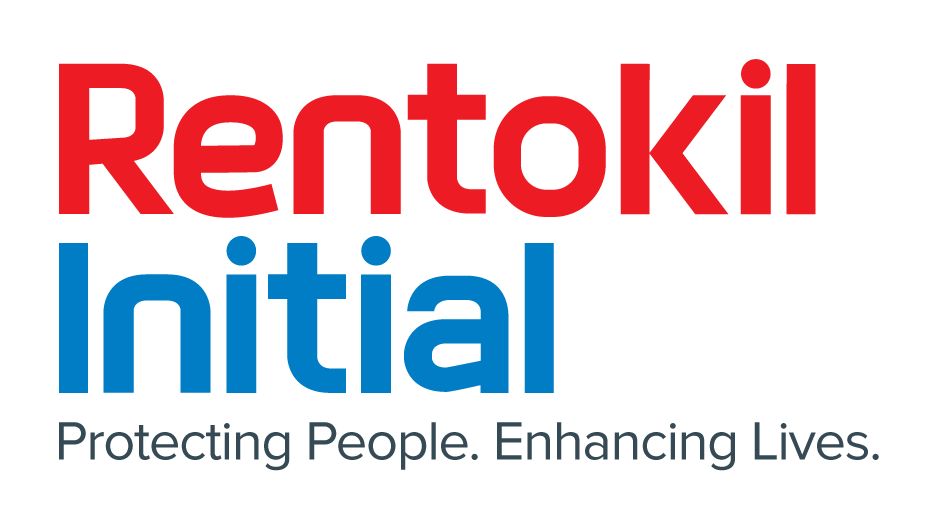Last week we began our journey into what it takes to create a successful manual handling training programme. I believe that the primary objective of any training programme should be to improve how individuals interact with their surroundings; thereby reducing the risk of physical harm such as muscle discomfort and injuries associated with activities like:
pushing
pulling
carrying
lifting
bending
sustained gripping.
I refer to this as the development of "Safe Movement Habits."
For decades, I have focused my attention on attempting to understand the reasons why certain individuals encounter pain, while others, performing the same tasks, remain unscathed.
Examples where one person is affected but others aren’t:
Knife worker in a meatworks develops tennis elbow.
Labourer digging a hole in a construction site gets back pain.
Person doing bench presses at the gym suffers from a sore shoulder.
The answer is that individuals who manage to avoid pain and injury possess Safe Movement Habits, which I like to call being "Physically Intelligent." They possess the knowledge (often subconscious) and ability to effectively utilize their bodies, employing strength and avoiding strain.
The challenge lies in how we can cultivate this Physical Intelligence and instill Safe Movement Habits in those individuals that are not so naturally inclined.
At Provention, in order to accomplish this goal, we have devised a step-wise approach in designing our manual handling programmes:
STEP 1: Acquiring the Right Knowledge
Individuals need to acquire baseline knowledge on how to position their bodies in order to use it effectively and prevent strain.
Simple guidelines include:
Moving your feet to avoid twisting stress on your lower back.
Keeping your elbows pointing downwards while pushing, pulling, and carrying.
Leading the grip with your pinky to prevent tennis elbow.
Exhaling when engaging in heavy actions.
It is important to note that simply knowing the number of vertebrae in the spine, or the definition of a ligament, does not translate into awareness of how to use your body effectively for any given task.
Next week, I will delve into STEP 2 of The Pathway to Safe Movement Habits.





























